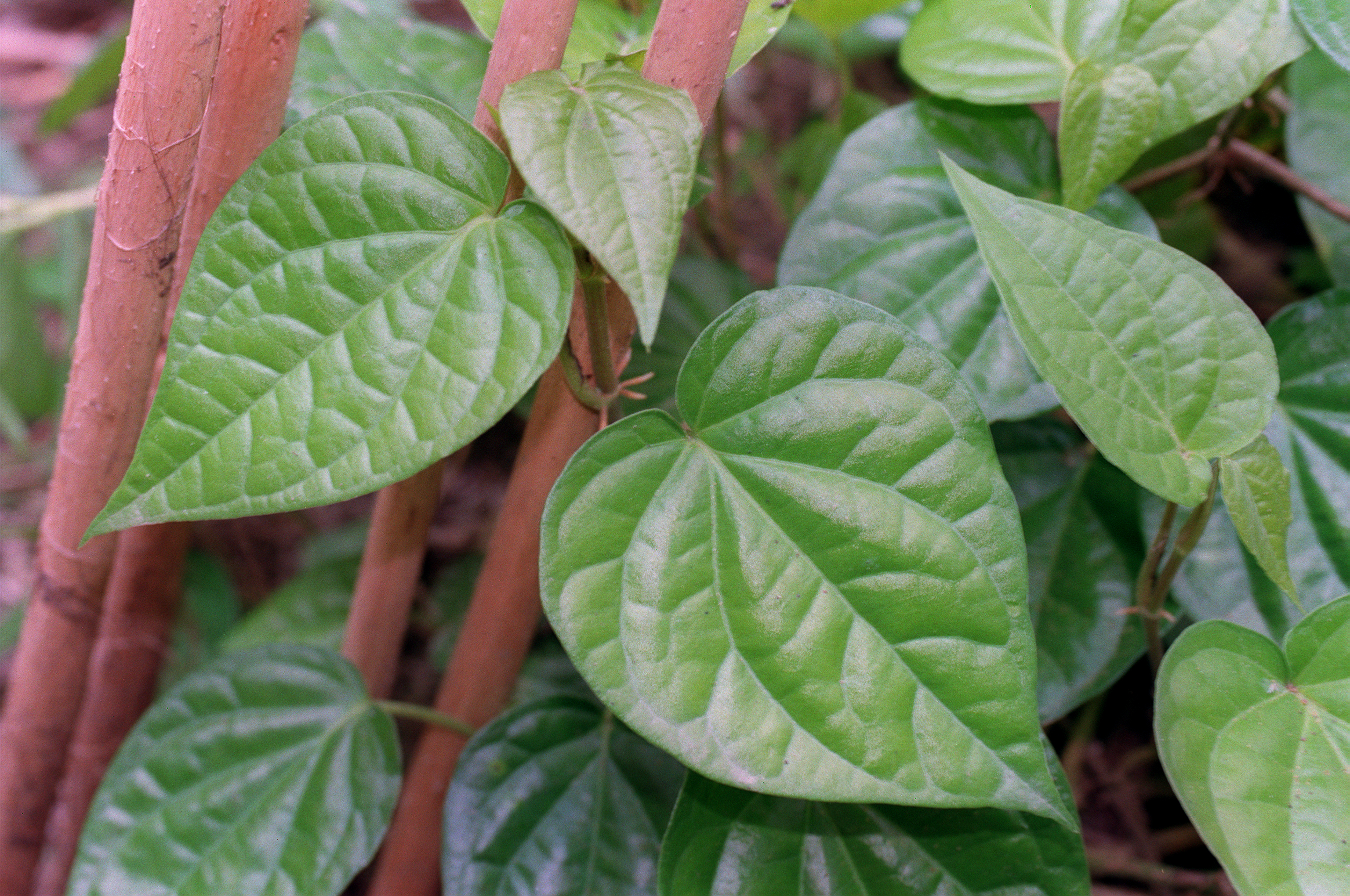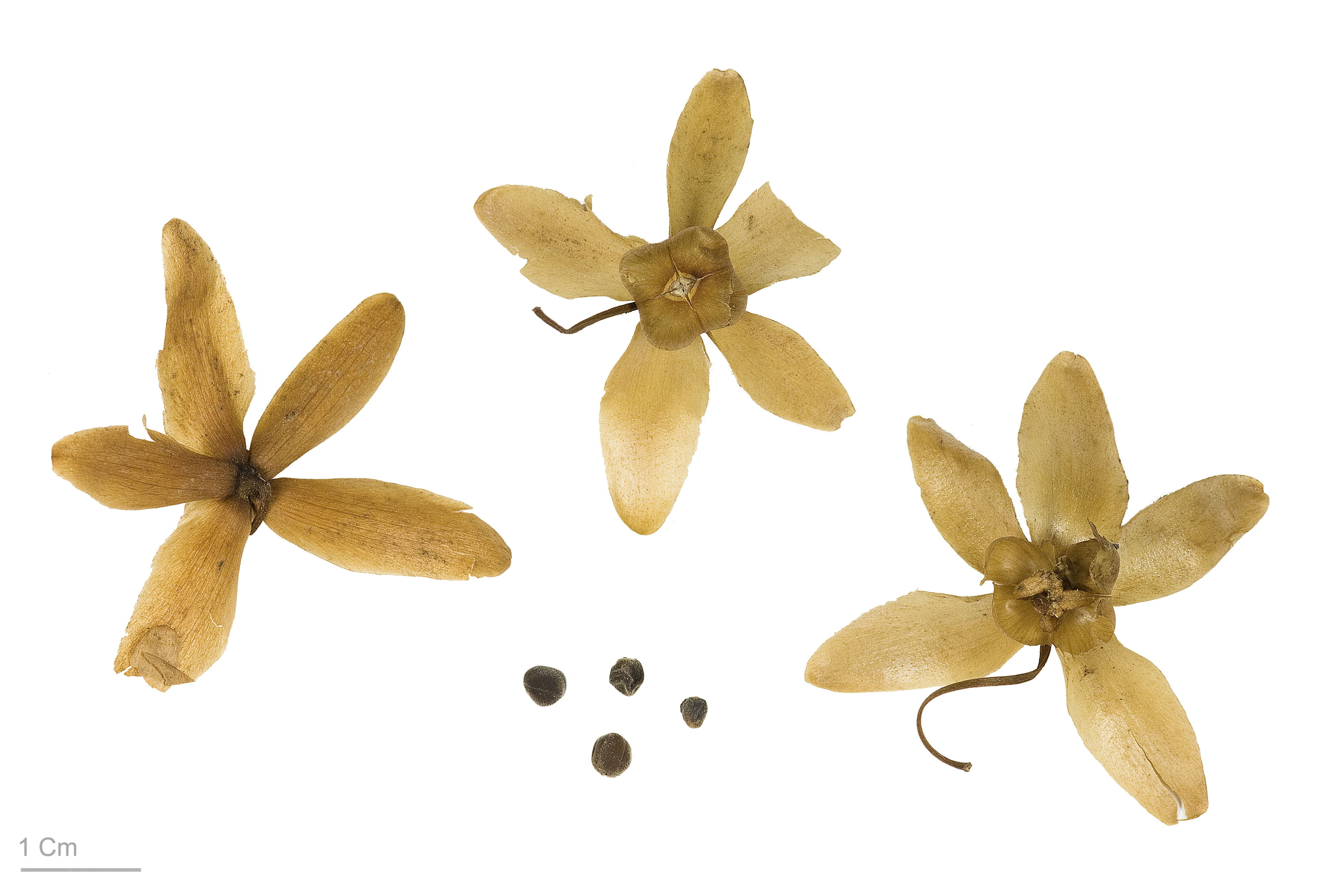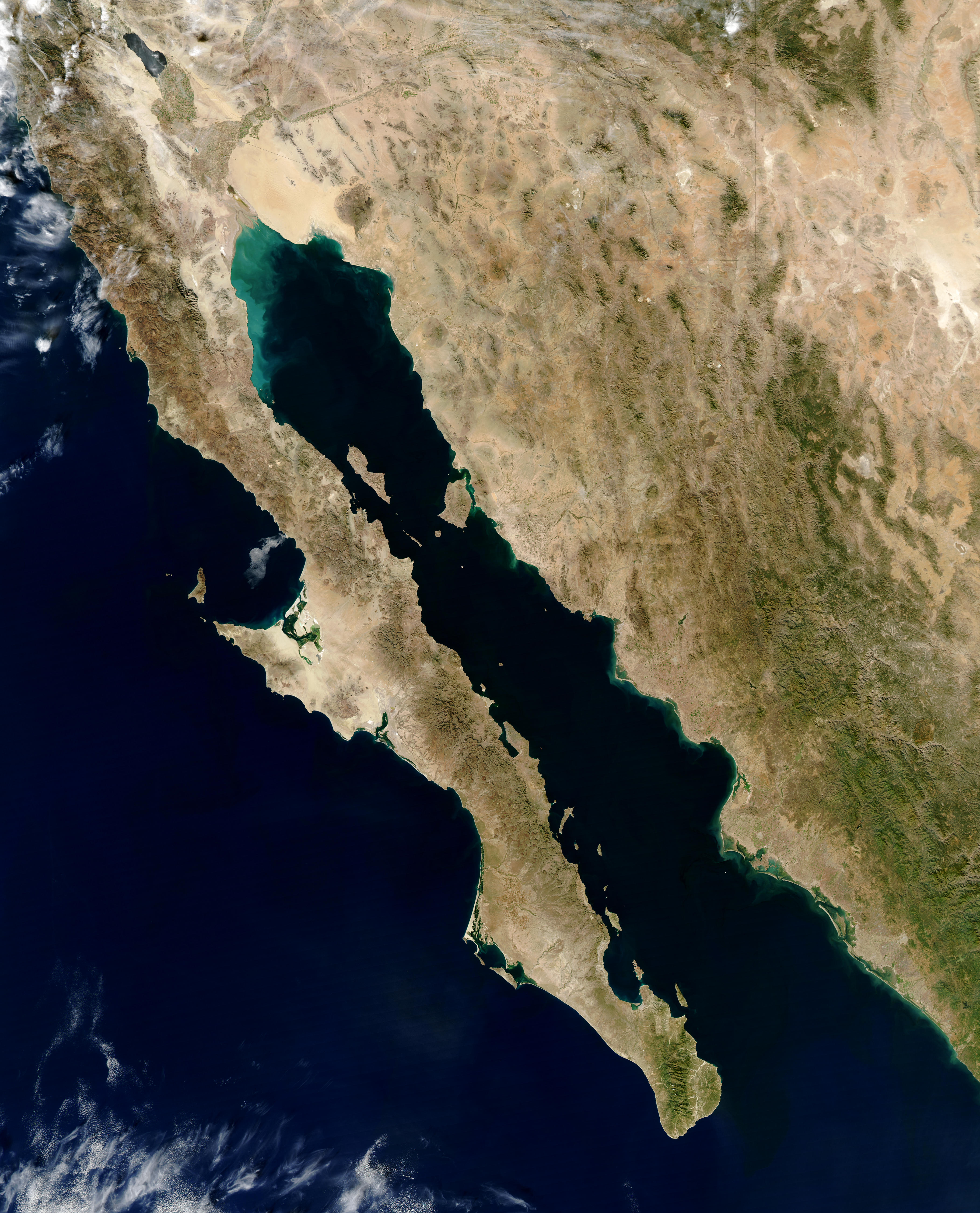|
Distimake Aureus
''Distimake aureus'' is a species of vining plant in the bindweed family (Convolvulaceae) commonly known as the yellow morning-glory, yellow woodrose or yuca vine. A woody vine, this species is characterized by its large trumpet-shaped yellow flowers that bloom year-round, though most often after rain. Each of the showy flowers are only open for a single day. It is endemic to Baja California Sur, Mexico, where it can be found twining and climbing over trees, shrubs, and rocks. Description This plant is a perennial woody vine. It is deciduous and may drop its leaves in severe heat. The leaves are palmate, with 5 oblong leaflets, the median leaflet the largest. The edges of the leaflets are smooth and not serrated, unlike a local congener '' D. quinquefolius'' which has narrower serrated leaflets and white flowers. The trumpet-shaped flowers on this species are borne solitary, measure long, and are colored a bright yellow. Each flower only blooms for a single day, opening in ... [...More Info...] [...Related Items...] OR: [Wikipedia] [Google] [Baidu] |
Vine
A vine ( Latin ''vīnea'' "grapevine", "vineyard", from ''vīnum'' "wine") is any plant with a growth habit of trailing or scandent (that is, climbing) stems, lianas or runners. The word ''vine'' can also refer to such stems or runners themselves, for instance, when used in wicker work.Jackson; Benjamin; Daydon (1928). ''A Glossary of Botanic Terms with their Derivation and Accent'', 4th ed. London: Gerald Duckworth & Co. In parts of the world, including the British Isles, the term "vine" usually applies exclusively to grapevines ('' Vitis''), while the term "climber" is used for all climbing plants. Growth forms Certain plants always grow as vines, while a few grow as vines only part of the time. For instance, poison ivy and bittersweet can grow as low shrubs when support is not available, but will become vines when support is available. A vine displays a growth form based on very long stems. This has two purposes. A vine may use rock exposures, other plants, or o ... [...More Info...] [...Related Items...] OR: [Wikipedia] [Google] [Baidu] |
Convolvulaceae
Convolvulaceae (), commonly called the bindweeds or morning glories, is a family of about 60 genera and more than 1,650 species. These species are primarily herbaceous vines, but also include trees, shrubs and herbs. The tubers of several species are edible, the best known of which is the sweet potato. Description Convolvulaceae can be recognized by their funnel-shaped, radially symmetrical corolla; the floral formula for the family has five sepals, five fused petals, five epipetalous stamens (stamens fused to the petals), and a two-part syncarpous and superior gynoecium. The stems of these plants are usually winding, hence their Latin name (from ''convolvere'', "to wind"). The leaves are simple and alternate, without stipules. In parasitic Cuscuta (dodder) they are reduced to scales. The fruit can be a capsule, berry, or nut, all containing only two seeds per one locule (one ovule/ovary). The leaves and starchy, tuberous roots of some species are used as foodstuffs (e.g. ... [...More Info...] [...Related Items...] OR: [Wikipedia] [Google] [Baidu] |
Baja California Sur
Baja California Sur (; 'South Lower California'), officially the Free and Sovereign State of Baja California Sur ( es, Estado Libre y Soberano de Baja California Sur), is the least populated state and the 31st admitted state of the 32 federal entities which comprise the 31 States of Mexico. It is also the ninth-largest Mexican state in terms of area. Before becoming a state on 8 October 1974, the area was known as the ''El Territorio Sur de Baja California'' ("South Territory of Lower California"). It has an area of , or 3.57% of the land mass of Mexico, and occupies the southern half of the Baja California Peninsula, south of the 28th parallel, plus the uninhabited Rocas Alijos in the Pacific Ocean. It is bordered to the north by the state of Baja California, to the west by the Pacific Ocean, and to the east by the Gulf of California. The state has maritime borders with Sonora and Sinaloa to the east, across the Gulf of California. The state is home to the tourist resort ... [...More Info...] [...Related Items...] OR: [Wikipedia] [Google] [Baidu] |
Mexico
Mexico ( Spanish: México), officially the United Mexican States, is a country in the southern portion of North America. It is bordered to the north by the United States; to the south and west by the Pacific Ocean; to the southeast by Guatemala, Belize, and the Caribbean Sea; and to the east by the Gulf of Mexico. Mexico covers ,Mexico '' The World Factbook''. . making it the world's 13th-largest country by area; with approximately 12 ... [...More Info...] [...Related Items...] OR: [Wikipedia] [Google] [Baidu] |
San Diego Natural History Museum
The San Diego Natural History Museum is a museum located in Balboa Park in San Diego, California. It was founded in 1874 as the San Diego Society of Natural History. It is the second oldest scientific institution west of the Mississippi and the oldest in Southern California. The present location of the museum was dedicated on January 14, 1933. A major addition to the museum was dedicated in April 2001, doubling exhibit space. History The San Diego Natural History Museum grew out of the San Diego Society of Natural History, which was founded on October 9, 1874. The Natural History Society was founded by George W. Barnes, Daniel Cleveland, Charles Coleman, E. W. Hendrick and O. N. Sanford. It is the oldest scientific institution in southern California, and the second oldest west of the Mississippi. In its initial years, the San Diego Society of Natural History was the region's primary source of scientific culture, serving a small but growing community eager for information a ... [...More Info...] [...Related Items...] OR: [Wikipedia] [Google] [Baidu] |
Merremia Aurea MHNT
''Merremia'' is a genus of flowering plants in the morning glory family, Convolvulaceae. Members of the genus are commonly known as woodroses. Species The following species are recognised in the genus ''Merremia'': *'' M. aniseiifolia'' Ooststr. – hairy woodrose *'' M. caloxantha'' (Diels) Staples & R.C.Fang *'' M. calycina'' (Meisn.) Hallier f. *'' M. calyculata'' Ooststr. *'' M. candei'' (A.Terracc.) Sebsebe *'' M. clemensiana'' Ooststr. – roadside woodrose *'' M. cordata'' C.Y.Wu & R.C.Fang *'' M. crassinervia'' Ooststr. *'' M. dichotoma'' Ooststr. *'' M. discoidesperma'' (Donn.Sm.) O'Donell *'' M. ellenbeckii'' Pilg. *'' M. emarginata'' (Burm.f.) Hallier f. *'' M. gallabatensis'' Hallier f. *'' M. gemella'' (Burm.f.) Hallier f. *'' M. gorinii'' Chiov. *'' M. gracilis'' E.J.F.Campb. & Argent *'' M. grandidentata'' (C.H.Thomps.) Staples & Simões *'' M. gregorii'' Rendle *'' M. ... [...More Info...] [...Related Items...] OR: [Wikipedia] [Google] [Baidu] |
Distimake Quinquefolius
''Distimake'' is a genus of flowering plants belonging to the family Convolvulaceae. Its native range is Tropics and Subtropics. Species: *''Distimake aegyptius'' *''Distimake ampelophyllus'' *''Distimake aturensis'' *'' Distimake aureus'' *''Distimake austinii'' *'' Distimake bipinnatipartitus'' *''Distimake cielensis'' *''Distimake cissoides'' *'' Distimake contorquens'' *''Distimake davenportii'' *''Distimake digitatus'' *''Distimake dimorphophyllus'' *''Distimake dissectus'' *'' Distimake ericoides'' *''Distimake flagellaris'' *''Distimake grandiflorus'' *''Distimake guerichii'' *''Distimake hasslerianus'' *'' Distimake hirsutus'' *''Distimake hoehnei'' *''Distimake igneus'' *''Distimake kentrocaulos'' *''Distimake kimberleyensis'' *''Distimake lobulibracteatus'' *''Distimake macdonaldii'' *''Distimake macrocalyx'' *''Distimake maragniensis'' *''Distimake multisectus'' *''Distimake nervosus'' *''Distimake palmeri'' *''Distimake quercifolius'' * ... [...More Info...] [...Related Items...] OR: [Wikipedia] [Google] [Baidu] |
Loreto, Baja California Sur
Loreto is a city and municipal seat of Loreto Municipality, Baja California Sur, on the West Coast of Mexico. Located on the Gulf of California, the city had a population of 20,385 inhabitants in 2019. Loreto is a regional economic and cultural center, as well as a major tourist destination on the Baja California Peninsula. Loreto was founded in 1697, when Juan María de Salvatierra founded Misión de Nuestra Señora de Loreto Conchó. The city served as the capital of Province of the Californias until 1777, when the capital moved to Monterey, California. Loreto continued to serve as the capital of Baja California until 1829. The city grew rapidly in the 20th century and is today a major tourist destination and regional hub. History Loreto was the first Spanish colonial settlement of the Viceroyalty of New Spain on the Baja California Peninsula. The town was founded in 1697 by Jesuit missionaries, who found a steady spring of fresh water on this site, as the Misión Nu ... [...More Info...] [...Related Items...] OR: [Wikipedia] [Google] [Baidu] |
Gulf Of California
The Gulf of California ( es, Golfo de California), also known as the Sea of Cortés (''Mar de Cortés'') or Sea of Cortez, or less commonly as the Vermilion Sea (''Mar Bermejo''), is a marginal sea of the Pacific Ocean that separates the Baja California Peninsula from the Mexican mainland. It is bordered by the states of Baja California, Baja California Sur, Sonora, and Sinaloa with a coastline of approximately . Rivers that flow into the Gulf of California include the Colorado, Fuerte, Mayo, Sinaloa, Sonora, and the Yaqui. The surface of the gulf is about . Maximum depths exceed because of the complex geology, linked to plate tectonics. The gulf is thought to be one of the most diverse seas on Earth and is home to more than 5,000 species of micro-invertebrates. Parts of the Gulf of California are a UNESCO World Heritage Site. Geography History The marine expeditions of Fortún Ximénez, Hernán Cortés, Juan Rodríguez Cabrillo, Francisco de Ulloa, Hernando de Alarc� ... [...More Info...] [...Related Items...] OR: [Wikipedia] [Google] [Baidu] |
University Of Arizona
The University of Arizona (Arizona, U of A, UArizona, or UA) is a public land-grant research university in Tucson, Arizona. Founded in 1885 by the 13th Arizona Territorial Legislature, it was the first university in the Arizona Territory. The university is part of the Association of American Universities and the Universities Research Association. In the former, it is the only member from the state of Arizona. The university is classified among "R1: Doctoral Universities – Very High Research Activity". The University of Arizona is one of three universities governed by the Arizona Board of Regents. , the university enrolled 49,471 students in 19 separate colleges/schools, including the University of Arizona College of Medicine in Tucson and Phoenix and the James E. Rogers College of Law, and is affiliated with two academic medical centers ( Banner – University Medical Center Tucson and Banner – University Medical Center Phoenix). In 2021, University of Arizona acquir ... [...More Info...] [...Related Items...] OR: [Wikipedia] [Google] [Baidu] |



.jpg)



.jpg)